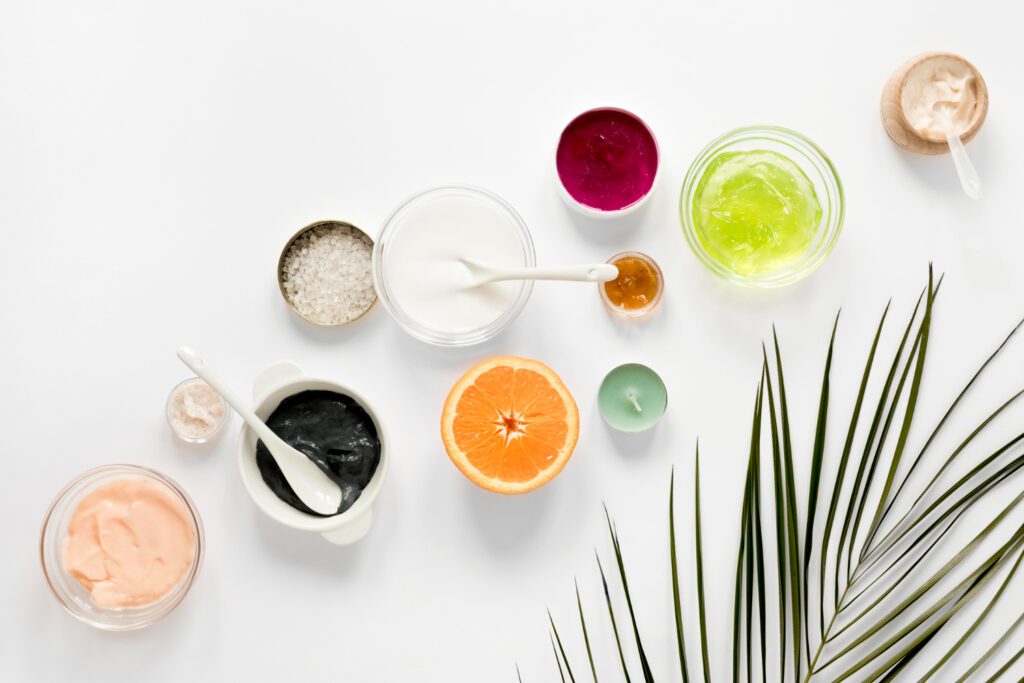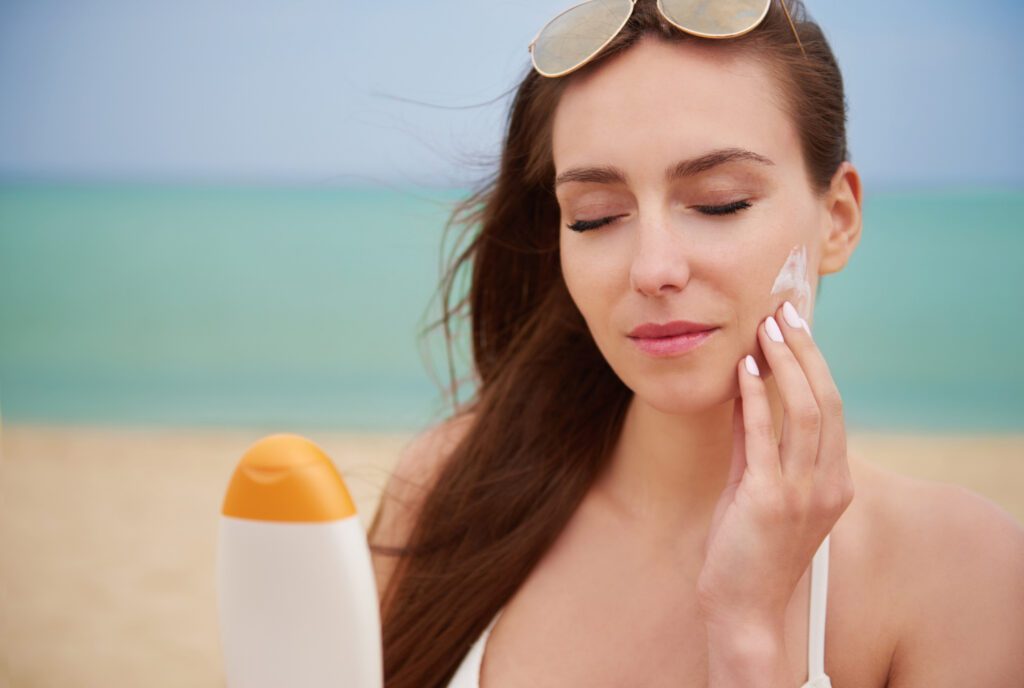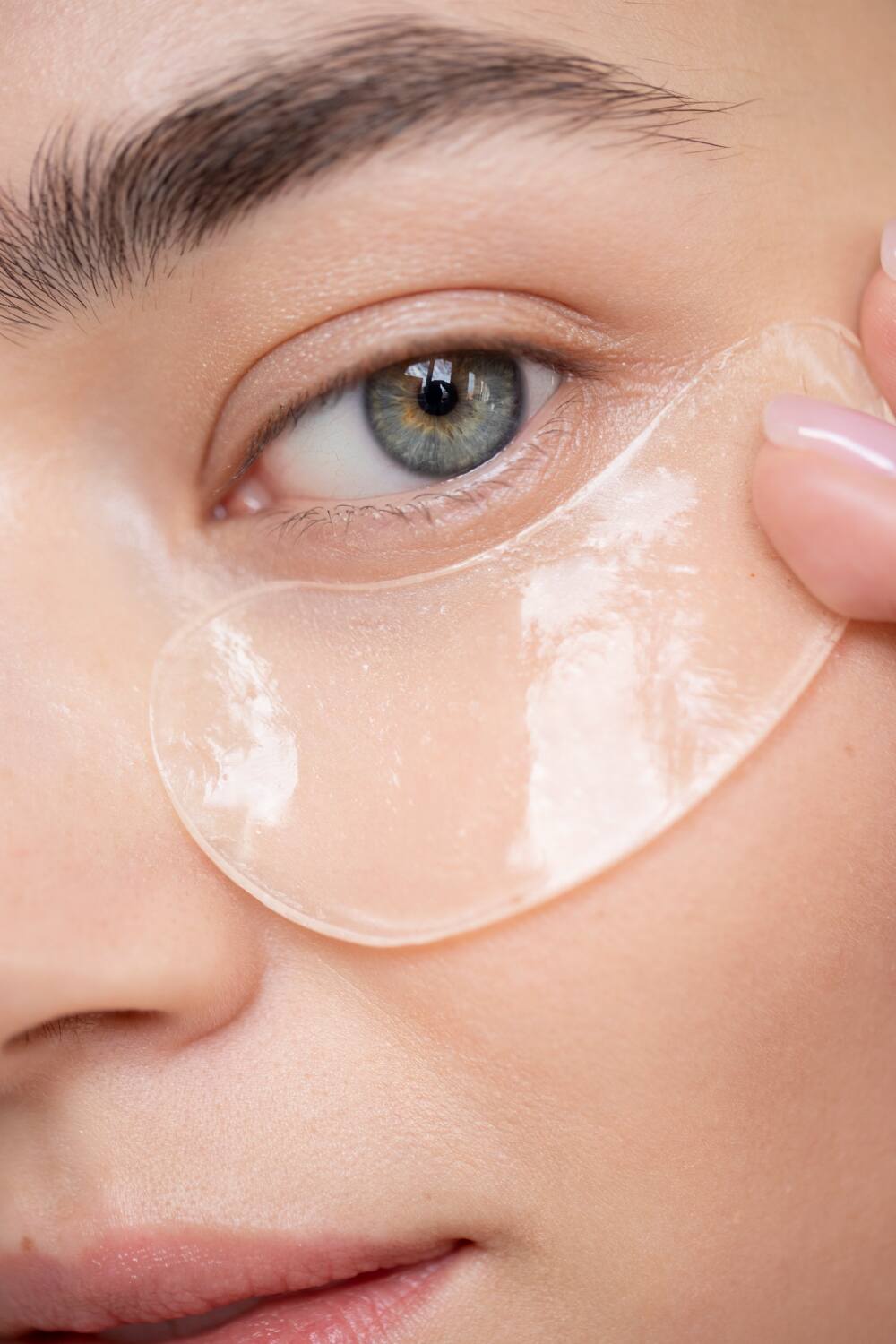If you’ve spent too much time in the sun or enjoyed hours at the beach, you might find yourself dealing with tan skin. That sun-kissed glow seems healthy and attractive, but too much exposure to the sun can cause a range of issues for the skin, such as uneven tone, dryness, and damage, which can have damaging effects that may last for years. If you want to know how to treat tan skin and get your skin back to its usual color, do not panic, because you are not the only one in this problem.
Many share the same problem; therefore, there are simple and practical ways to treat tan skin and prevent it from getting worse. This guide will explain how tan skin is caused, how to treat it, and how one can avoid tanning in the future.
What Causes Tan Skin?
Tan skin occurs when your skin produces more melanin, the pigment responsible for skin color. It’s in such a way that deeper layers of skin are protected from ultraviolet sun damage; your body responds by producing it more. Although this may look attractive and pleasing, the implication is that damage has been done to the skin, which after time might cause premature aging and an increased risk of skin cancer.
UV Radiation and Its Impact on Your Skin
According to research on UV exposure and skin health by the American Academy of Dermatology, both UVA and UVB rays contribute to premature aging and skin cancer. Two forms of UV radiation that affect your skin include:
UVA Radiation
Wavelength: 320-400 nm
Effect: UVA rays penetrate the skin deeply. This ray causes the melanin in your skin to oxidize, and the effect is immediate tanning. However, extended exposure to UVA radiation leads to premature aging, such as wrinkling and slackness of skin.
Protection: Broad-spectrum sunscreen protects against both UVA and UVB rays.
UVB Radiation
Wavelength: 280-320 nm
Effect: UVB rays stimulate the skin to produce more melanin, which results in a deeper, longer-lasting tan. UVB also causes sunburns and is responsible for most cases of skin cancer.
Protection: SPF sunscreen blocks UVB rays and therefore prevents burns and further damage to the deeper layers of the skin.
Knowing the effects of UVA and UVB radiations on your skin makes it very imperative to take all precautions to protect your skin against excessive tanning.
Immediate vs. Delayed Tanning
Tanning can occur in two forms:
1. Immediate Tanning: It happens immediately after exposure to UV radiation, making the melanin in your skin darken immediately. Even though it gives a quick tan, this type of tan fades away after some days.
2. Delayed Tanning: This type of tanning occurs hours or even days after sun exposure. Higher levels of melanin lead to a longer tan, but this can also cause deeper damage to the skin and is much harder to reverse.
How Different Skin Types React to Tanning
Not all skin responds to the sun in the same manner. The Fitzpatrick Scale classifies the skin into six types according to its response to UV exposure:
| Skin Type | Description | Sunburn | Tanning Behavior |
| I | Very light, pale skin | Always burns | Rarely tans burn easily |
| II | Light skin | Burns easily | Tans minimally |
| III | Light to medium skin | Sometimes burns | Tans gradually and evenly |
| IV | Olive skin | Rarely burns | Tans easily darken well |
| V | Brown skin | Very rarely burns | Tans easily, deep color |
| VI | Deep brown to black skin | Never burns | Always tans, naturally dark |
If you have lighter skin (Types I-III), you’re more prone to burning and may not develop a deep tan. Darker skin (Types IV-VI) tends to tan more easily and is less likely to burn, but they are still at risk of UV damage.

Health Risks of Tanning
A tan is aesthetically speaking something that appears nice but tanning comes with some significant health hazards of too much sunshine.
1. Moderate Exposure
The latest research reveals that moderate sunlight exposure allows your body to produce vitamin D which is an important factor in healthy bones and a healthy immune system as well. A few minutes every day should be enough to keep your vitamin D levels healthy.
2. Overexposure
Excessive UV exposure causes immediate damage such as sunburn and dehydration of the skin besides causing it to age early. Chronic exposure to UVs damages the cells in the skin and may cause cancerous effects such as basal cell carcinoma, squamous cell carcinoma, or even melanoma which is the deadliest.
3. Long Term Effects
- Premature aging: UV radiation breaks down collagen and elastin, leading to wrinkles and sagging skin.
- Hyperpigmentation: Sunspots and age spots develop when the sun continues to expose the skin over and over again.
- Skin Cancer: The primary cause of skin cancer is UV radiation, especially for people who tend to spend too much time under the hot sun without any form of protection.
How to Effectively Treat Tan Skin
Now that we have covered the science behind tanning, let’s dive into how you can treat tan skin and regain your natural complexion.
1. Regular Exfoliation
Exfoliating your skin removes dead skin cells and helps fade a tan over time. You can use a mild scrub with natural exfoliants such as sugar or salt or chemical exfoliants containing AHAs – Alpha Hydroxy Acids or BHAs – Beta Hydroxy Acids to speed up this process.
2. Hydrate and Moisturize
Sun exposure dries out the skin and leaves it flaky. Stay hydrated and moisturize with a nourishing after-sun product. Aloe vera, shea butter, or hyaluronic acid are some soothing agents one should look for in a product to keep moisture in.
3. Use Home Remedies
Many home remedies work effectively for sun tan removal. Aloe Vera, known for its cooling and healing properties, not only reduces the agony of sunburn but also helps lighten a tan. Lemon and honey are another powerful combination—lemon’s natural bleaching properties and honey’s moisturizing effects make for a great treatment to lighten tan skin. Cucumber is also beneficial, as it hydrates and refreshes the skin while reducing pigmentation and restoring a more even skin tone.
If you’re looking for more proven methods, be sure to check out our Top 5 Tan Removal Remedies That Actually Work for even more tips and treatments to get your skin back to its natural glow!

4. Consider Professional Treatments
For a more stubborn tan, treatments like chemical peels or microdermabrasion may need to be administered which remove the outer layers of skin making your tan fade faster and your complexion seem more even.
If you’re interested in more general instructions you can check our guide on how to remove tan from your face.
How to Avoid Getting Tanned Skin in the Future
Preventing tan skin begins with not letting it happen in the first place. Here are some tips that should prove helpful in avoiding excessive exposure of your skin to UV rays:
1. Avoid Long Hours of Sun Exposure: Stop tanning by avoiding hours under the sun, especially when the UV rays are strongest: between 10 a.m. and 4 p.m.
2. Apply Sunscreen Daily: Use sunscreen with an SPF of 30 or higher daily, even on cloudy days and when you are indoors. The UV can pass through the window glass and cause damage to your skin.
3. Steer Clear of the Sun and Wearing Protective Wear: Whenever you go outdoors, seek shade as much as you can and steer clear of the sun’s direct rays. Combine this with a wide-brimmed hat, sunglasses, and long-sleeved clothing.

Final Thoughts on Treating Tan Skin
Of course, tan is one natural outcome of sun exposure. But if it isn’t treated, it will damage your skin forever. Whichever method you choose, consistency is the key. Constant exfoliation, hydration, and proper protection from the sun are essential to restore your complexion and not let it darken again.
Make sure to follow these tips, which will help lighten your tan and protect your skin to give you an even, glowing complexion. Remember, after all, your skin’s health comes first, so it needs protection during your visits under the sun to maintain that bright glow for as long as possible.


